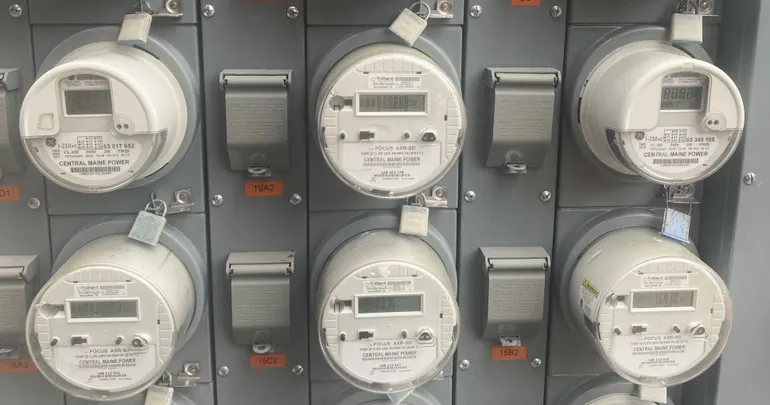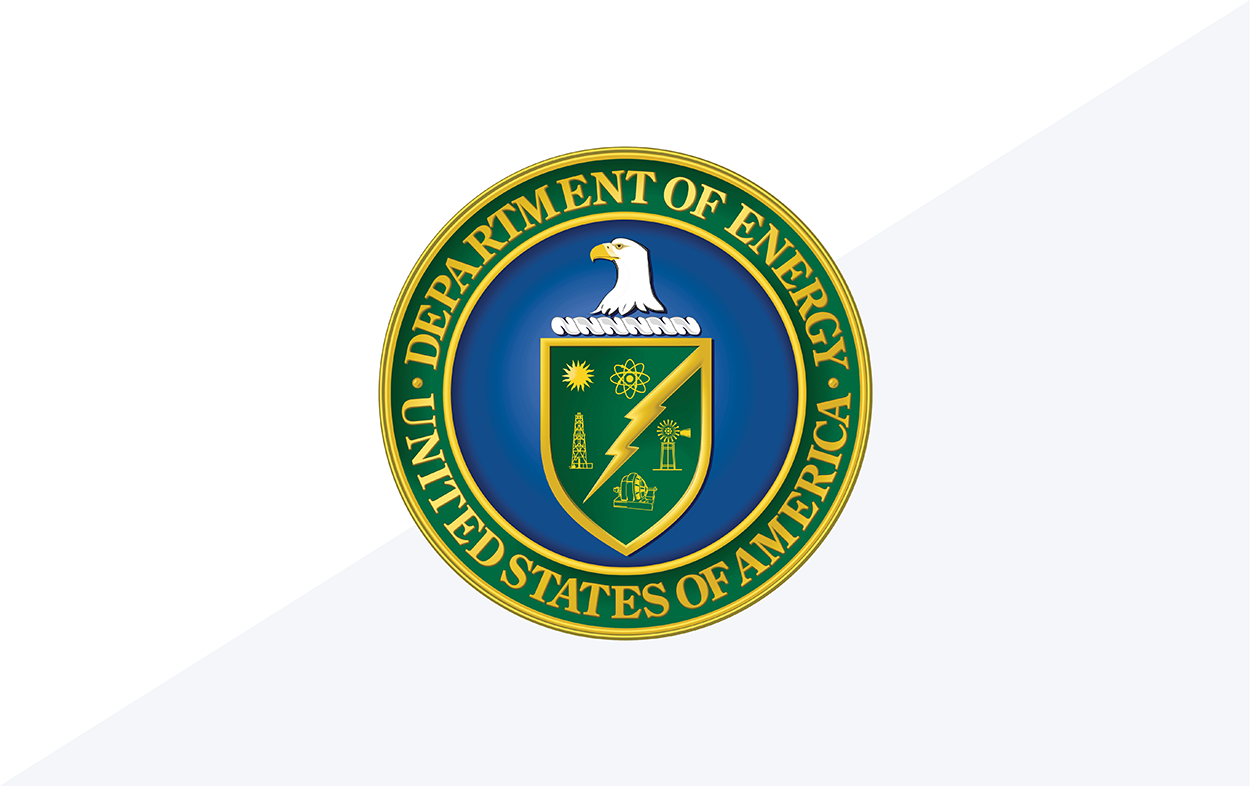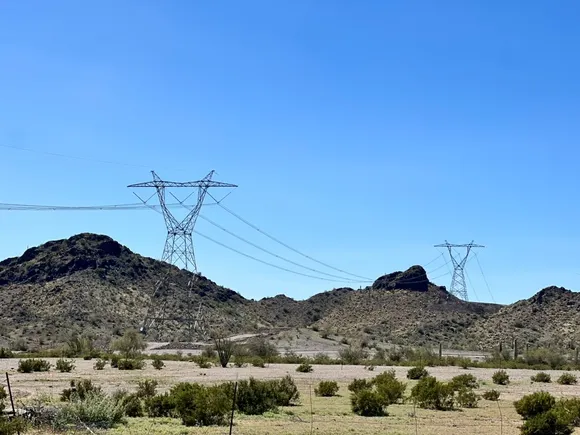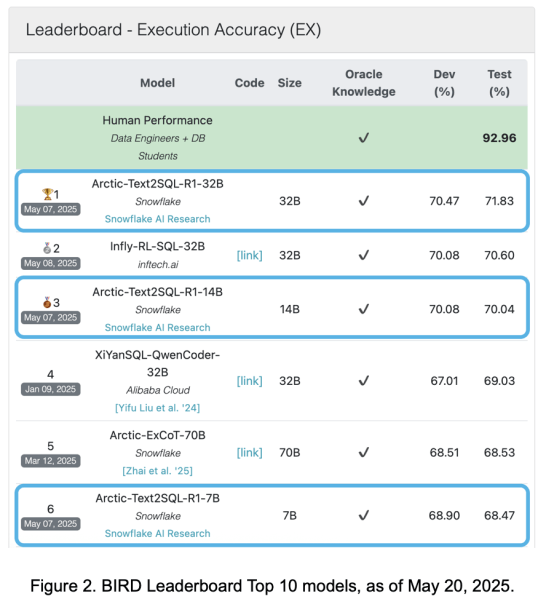
Diana Hernández is an associate professor of Sociomedical Sciences at Mailman School of Public Health at Columbia University and co-managing director of the Energy Opportunity Lab in the Center of Global Energy Policy. Vivek Shastry is a senior research associate at the Center on Global Energy Policy in the School of International and Public Affairs at Columbia University.
Millions of American families are struggling to afford their energy bills. This situation could worsen as electricity prices — particularly in the Northeast — face potential hikes due to reciprocal tariffs from Canada. As energy prices fluctuate, and federal assistance programs face potential cuts, cities, states and utilities must take proactive steps to ensure that their most vulnerable residents can keep their lights on and homes heated and cooled.
Department of Energy Secretary Chris Wright, in his introductory remarks after swearing in, shared a troubling statistic: one in 10 Americans had received a utility disconnection notice in the past year. In his new role, one of his goals would be to “shrink that number to zero” by making energy more abundant and affordable. By flooding the market with fossil fuels again, the price of electricity and gas would decrease. However, the primary federal program to tackle energy affordability — the Low Income Home Energy Assistance Program (LIHEAP) — does not fall under Secretary Wright’s purview.
LIHEAP is funded through the Department of Health and Human Services, and Secretary Robert F. Kennedy Jr. has reportedly terminated the entire staff running the $4 billion LIHEAP program. In 2023, more than 7 million Americans received assistance through LIHEAP. Despite its importance, LIHEAP reaches only 17% of eligible households, leaving a gaping hole in the energy safety net. Without it, those relying on it to meet energy needs will be at grave risk. Some have called for the modernization of LIHEAP, but these days the imperative must be to simply preserve it. Ongoing cuts to the program would likely push millions of Americans to experience the ill health effects and fatal consequences of energy insecurity.
Historically, states have relied on LIHEAP as the primary source of energy bill assistance. However, with rising demand and uncertainty about its future, local and state governments, along with utilities, must take greater action to tackle the growing energy affordability crisis.
State-level solutions
States have at least three avenues they can exploit to improve energy affordability. First, states can supplement energy assistance through their own budgets. State supplementation is generally low, but some states are actively working to make the energy safety net more robust. For example, Washington launched the State Home Energy Assistance Program using $35 million through Climate Commitment Act funding. By increasing the income limit, the program expanded eligibility to more than 1.2 million people, compared to 500,000 who would’ve been eligible under federal LIHEAP criteria alone. Another example is New York’s Energy Affordability Program, which supplements LIHEAP with additional bill discounts.
Second, state leadership can encourage respective public utility commissions to enhance rate designs that protect low- and moderate-income rate payers. This includes enacting or improving lifeline tariffs, percent of income payment plans, separate tariffs for low-income rate-payers and other energy affordability schemes. Third, state agencies related to housing, health and special populations can strengthen cross-program linkages to make it easier for households to access complementary social assistance programs. This would require harmonizing beneficiary databases and coordinating constituent engagement efforts to increase enrollment.
City-level initiatives
Cities can update their building codes and local laws to require landlords to invest in energy efficiency retrofits and provide adequate heating and cooling during periods of extreme weather. For instance, New York City’s Local Law 97 mandates that all large buildings, including affordable housing buildings, reduce their emissions by implementing prescriptive energy conservation measures. Another bill under discussion in the New York City council would require landlords to equip rental units with cooling devices. Though affordability challenges might limit use, such provisions can reduce energy burdens and protect the health of tenants, especially the elderly and medically vulnerable.
Finally, cities can also bring affordable and clean energy online faster by deploying distributed energy resources such as community solar and virtual power plants that get around long permitting delays, which plague grid-scale energy projects. These investments translate into direct savings via bill credits, while also ensuring that local residents benefit from clean energy infrastructure.
Utility strategies
Utilities can expand their customer engagement programs to proactively enroll and sustain eligible households in energy assistance programs. For example, Xcel Energy operates a fleet of RED trucks in Colorado that drive into communities and help customers access various assistance services. Further, utilities can track and prevent utility disconnections for customers with documented health risks, including homes with elderly members and those dependent on medical devices. Some utilities such as the Los Angeles Department of Water and Power have eliminated utility disconnections for all customers during extreme weather events.
Even as America pursues an energy agenda centered on achieving affordability through abundance, local governments and utilities have a responsibility to use all tools at their disposal to help struggling families navigate everyday energy insecurities.





















